Home Remedies For Bruises: 21 Fast, Effective Treatments
Soothe and get rid of those unexpected bruises at home with some natural ingredients.

Image: Midjourney/ StyleCraze Design Team
A bruise is a form of injury in which blood vessels beneath the skin break, causing skin discoloration. Bruises are a common occurrence. Thankfully, there are many remedies for bruises. Since they start taking their first steps, children stumble and fall and get bruises. A majority of kids are quite proud of them, and they wear the blue-black bruises that turn yellow-purple like badges of pride. We are too busy as grownups to be cautious. Some bruises we get as adults are small, while others are not. Not all of them are harmful, and they can be eliminated quickly and easily.
For the most part, there are straightforward solutions, which may simply require taking some rest and letting it heal on its own. It is unrealistic to rush to the pharmacy or the doctor for every bruise. The best thing you can do is look after them at home. But before we learn how to heal bruises and get into the best home treatments for bruise removal, let’s talk about what bruises are.
In This Article
What Is A Bruise?
Being the largest organ system in the body, the skin’s primary function is protection. Often, it gets caught in the middle and experiences cuts, bumps, and blows. ‘Bruise’ is the term used to identify the effect of any traumatic incident on the skin. It is a common type of injury in which discoloration of the skin occurs.
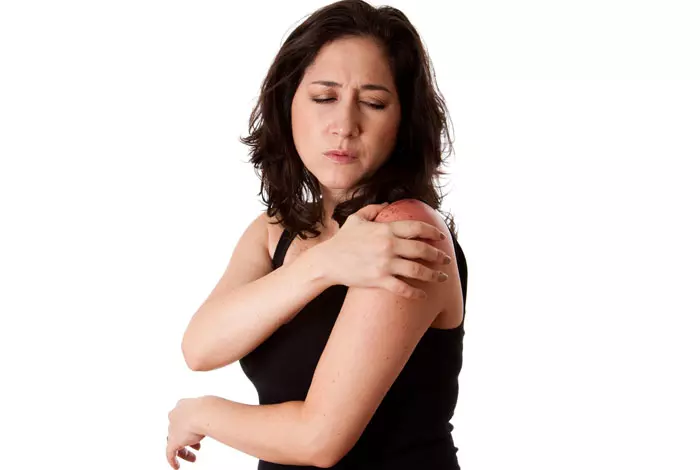
This discoloration is because the blood vessels beneath the skin burst and leak blood into the surrounding tissue. This blood collects near the surface of the skin, resulting in a black/blue mark (1).
Home Remedies For Bruises
The home remedies for bruises in this article are effective in treating subcutaneous bruises that affect the superficial layers of the skin. Hematoma and inflammation are the two most common forms of subcutaneous bruising (1). Hematoma refers to the discoloration of the skin, wherein the capillaries in the underlying layers are injured, and the skin turns a range of colors from blue to red, yellow, and purple. Inflammation refers to swelling, which may or may not accompany a bruise (2).
Marie Wilson, an adventure blogger, shares her tried and true method to manage bruises. She writes, “So the first thing is if you know that you’ve got a bruise developing is to try and stop the bleeding. You can do this by cooling the area with a cold compress (a flannel or cloth soaked in cold water) or an ice pack wrapped in a towel (don’t put ice straight on the skin as ice burns and a bruise is even worse!) (i).”She uses an arnica cream to speed up the healing process and also suggests using a cold compress, Epsom salt, and a vitamin-rich diet, particularly vitamins C and B12, to reduce bruising.
Some of the remedies that can be used for subcutaneous bruising are listed below.
Key Takeaways
- Use ice cubes to soothe your inflamed skin; they help reduce swelling and heal the bruise quickly.
- Try using an ointment containing vitamin K, as it encourages blood clotting and helps prevent excessive blood loss.
- Essential oils like lavender oil help sooth the bruise and act as an analgesic agent to reduce the pain in the injured area.
- Epsom salt relaxes the muscle tissue and soothes the swelling. It easily works on the bruise and helps relieve soreness.
How To Get Rid Of Bruises Overnight
1. Ice Or Heat
a. Treat Bruise With Ice
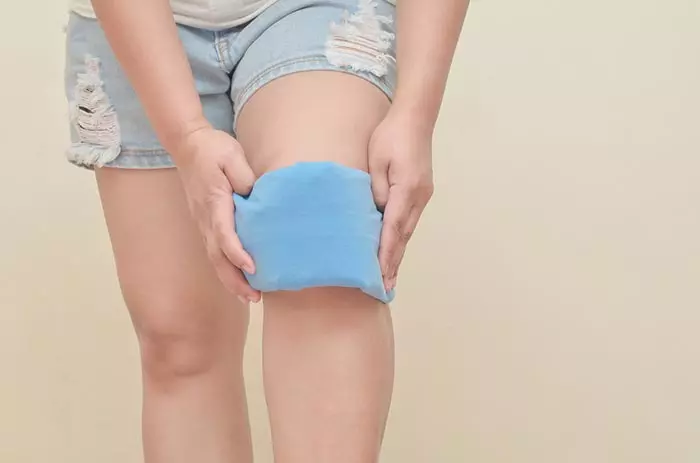
You Will Need
Ice pack or ice compress
What You Have To Do
- Apply the ice pack for 15 minutes. Repeat this thrice a day.
- The best method of applying an ice pack is to move it continuously around the bruised area in a circular motion, so as not to freeze a vein or increase the pain.
When You Need To Do This
Do this for two to three days.
How This Works
If the skin is inflamed after injury, an ice pack can help reduce the swelling. An ice pack can also be made by wrapping an ice cube in a piece of soft cloth. Applying an ice cube on a bug sting or insect bite also aids healing, reduces irritation, and decreases inflammation (2). Dr. Sanul Corrielus, MD, MBA, FACC, says, “Apply ice to the area immediately following the injury to stop the flow of blood there. The amount of blood that seeps into the tissue around it can be reduced by cooling the blood vessels. This can lessen swelling and make the bruise less obvious.”
 Quick Tip
Quick Tipb. Treat Bruise With Heat
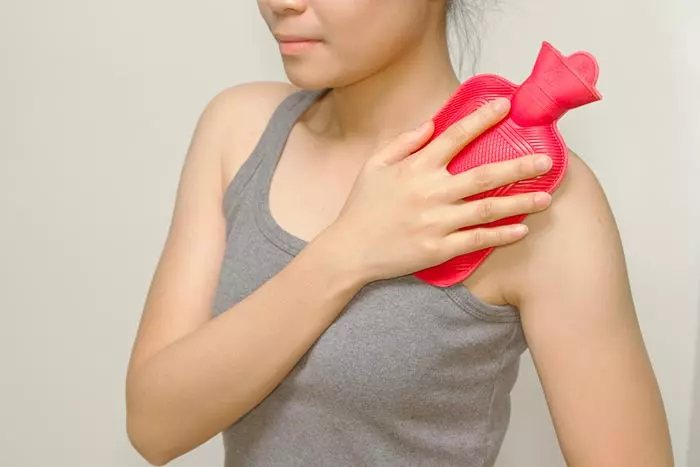
You Will Need
- A hot pack
- Hot water
What You Have To Do
- Pour hot water carefully into the hot pack.
- Steadily move it over the area in a gentle manner while applying some pressure.
You can also use a soft cloth dipped in hot water. Wring out the excess water and keep it over the bruise.
When You Need To Do This
Do this several times a day.
How This Works
A warm compress acts on a bruise by inducing blood flow to that area, speeding up the healing process. This heat therapy can be used on bruises after the inflammation subsides. The warm compression also releases shock and the pain of the injury. It increases metabolism in tissues, promotes blood circulation, and reduces pain (3). You can also rub a warm hard boiled egg on the bruise. Dr. Corrielus adds, “Heat can improve blood flow and circulation by applying heat. After the bruise has already formed, this will aid in the removal of the blood that has become trapped. Heat can also help relax tight muscles and alleviate pain.”
2. Essential Oils
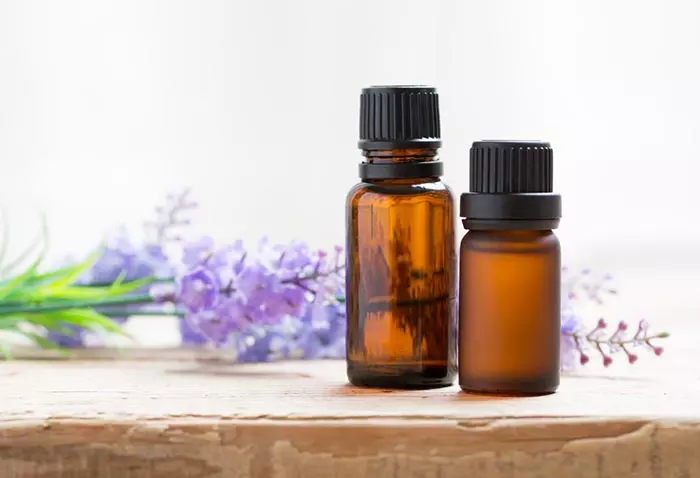
You Will Need
A few drops of lavender oil or tea tree oil
What You Have To Do
Take one to three drops of the essential oil and gently massage it into the bruise. You can use either one type of essential oil, or mix both of them in equal quantities and then use them. To avoid skin irritation, add the drops to one teaspoon of coconut oil before applying to the skin.
When You Need To Do This
Do this every few hours.
How This Works
Lavender oil has soothing effects on the body, along with being an analgesic and having healing properties (4). Tea tree oil helps fight infections, reduce inflammation, and speed up the healing of bruises and wounds. Its antioxidant activity also promotes healthier skin recovery and prevents further complications (5).
3. Vinegar
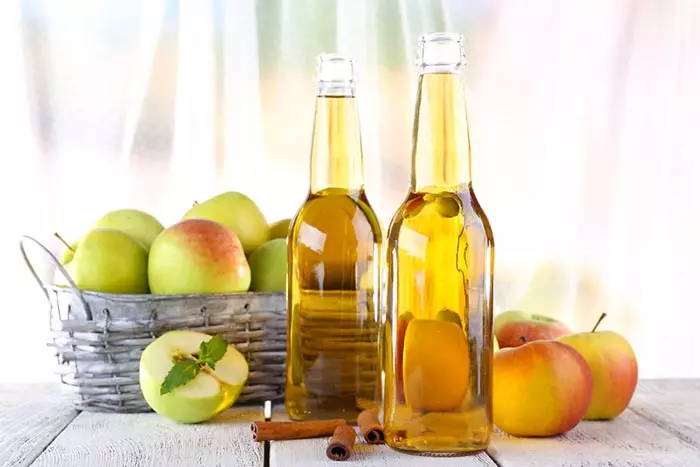
You Will Need
- A few drops of white vinegar or apple cider vinegar
- 1/3 cup of warm water
What You Have To Do
1. Mix the vinegar in the water, and gently massage this mixture into the bruise.
2. You can also dip a cloth in the solution and apply it to the bruise.
When You Need To Do This
Repeat this twice a day for five to six days.
How This Works
Vinegar, when mixed with water, forms an effective solution that can help the healing process. Applying this mixture to the bruised area helps heal the wound faster due to its antioxidant and antifungal properties (6).
4. Epsom Salt
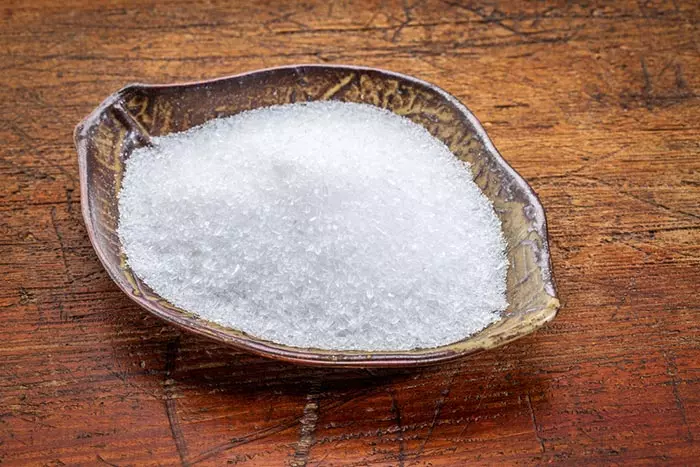
You Will Need
- Epsom salt
- Hot water
What You Have To Do
- Add plenty of Epsom salt to a mug of hot water and dip a cotton ball in it.
- Remove the excess water from the cotton and apply it to inflamed skin.
When You Need To Do This
Do this every few hours.
How This Works
According to anecdotal evidence, Epsom salt baths can help with the pain and inflammation of bruises. It may also speed up the healing. However, there’s no research to suggest it can make a bruise go away faster.
Caution
This method can only be applied if there are no open wounds on or near the wounded region. Otherwise, the salt on the cut will sting pretty badly.
5. Vitamins
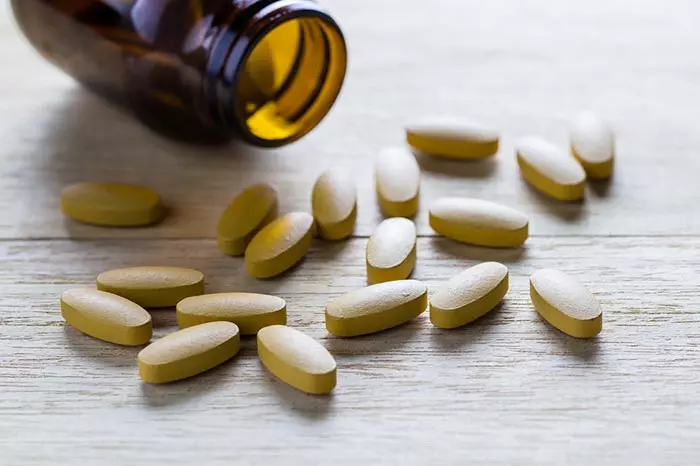
a. Vitamin C
You Will Need
Vitamin C tablets
What You Have To Do
- If you get bruises easily, start taking vitamin C tablets daily.
- You could also eat foods rich in this vitamin.
When You Need To Do This
Take one tablet daily for three months.
How This Works
A diet rich in vitamin C is essential for the body’s recovery. This vitamin facilitates tissue building and recovery (7).
b. Vitamin K
You Will Need
Ointment containing vitamin K
What You Have To Do
Apply the ointment to the bruise in gentle circular motions.
When You Need To Do This
Do this twice daily.
How This Works
Creams and ointments containing vitamin K are readily available in the market. They are handy for treating cuts. The properties in vitamin K encourage blood clotting and prevent further blood loss (8).
c. Vitamin D
You Will Need
Vitamin D supplements
What You Have To Do
- Take vitamin D supplements every day.
- You could eat vitamin D-rich foods like salmon and mackerel.
When You Need To Do This
Include vitamin D supplements or vitamin D-rich foods in your regular diet.
How This Works
Vitamin D deficiency is linked to easy bruising. In combination with vitamins C and E, vitamin D promotes tissue healing and regrowth (9).
6. Arnica Oil
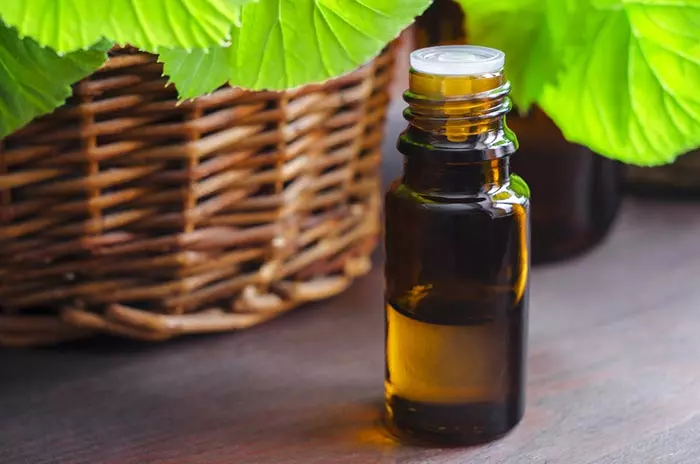
You Will Need
- Arnica oil
- Warm compress
What You Have To Do
- Gently rub some of the oil on the bruise in circular motions.
- Apply a warm compress for better absorption of the arnica into the skin.
When You Need To Do This
Do this two to three times a day.
How This Works
One of the most popular home remedies for minor bruises and cuts is arnica. This herb is known to have many medicinal properties, and should find a place in homes where the members are prone to injuring themselves frequently. Anecdotal evidence suggests arnica prevents infection, reduces swelling, and, if regularly applied, speeds up the healing process to a great extent. A study was conducted to test its efficacy on bruises. This study tested 20% arnica ointment for bruise healing and found it reduced bruising better than plain petrolatum and a weaker vitamin K mix. Therefore, arnica may be a good option for reducing bruises (10).
 Did You Know?
Did You Know?7. Toothpaste
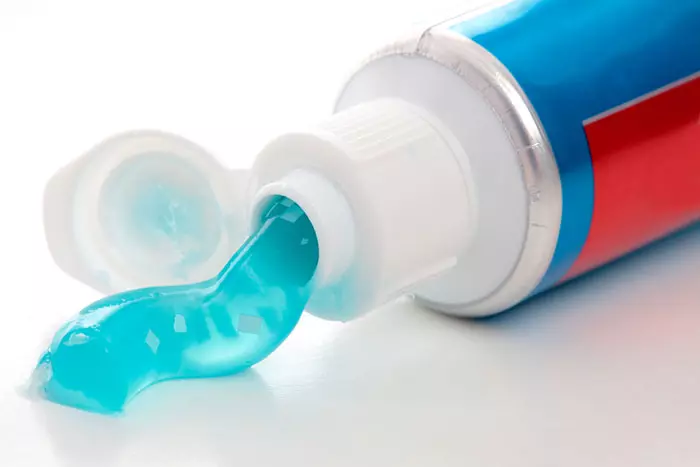
You Will Need
- Toothpaste
- Bandage
What You Have To Do
- Apply a dab of toothpaste on the bruise and cover with a bandage to avoid staining of clothes and bedding.
- Leave it overnight. Remove the bandage in the morning and wash with water.
When You Need To Do This
Do this every night for two to three days.
How This Works
Some people believe toothpaste can help lighten bruises by breaking up clots and increasing blood flow to the area. It might reduce swelling and show results overnight for some. However, there is no scientific evidence to support this claim.
8. Witch Hazel
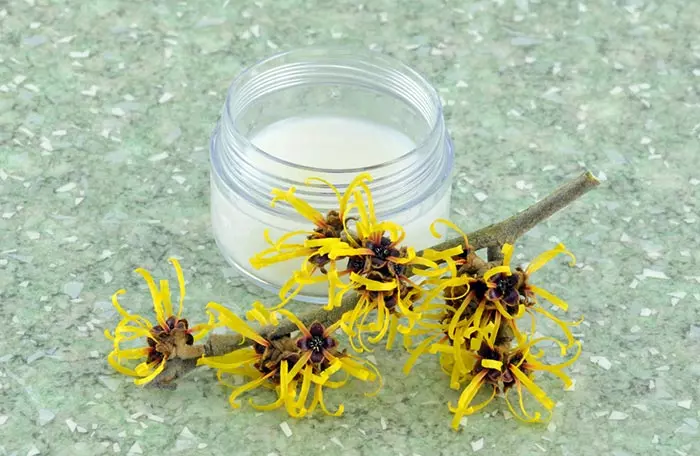
You Will Need
- Witch hazel solution or cream
- Cotton ball
What You Have To Do
- Apply witch hazel solution on a cotton ball and rub this gently on the bruise.
- Do not wipe off the witch hazel.
When You Need To Do This
Do this two to three times a day.
How This Works
Witch hazel is a very popular herb when it comes to healing injuries such as a contusion or a bruise. Applying the extract of this herb heals wounds and reduces swelling. Witch hazel, rich in antioxidant polyphenols, may help reduce bruising and swelling by supporting the microvascular system. Studies show its serum significantly lessens bruising after cosmetic procedures like filler injections (11). A bath with witch hazel might also greatly induce healing.
9. Crushed Parsley
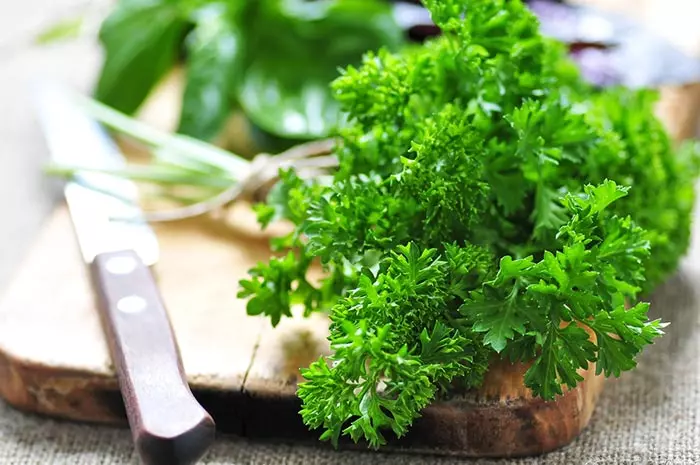
You Will Need
- Parsley leaves
- Elastic bandage
What You Have To Do
- Wash a handful of parsley leaves and crush them. Apply on the bruised area of the skin.
- Wrap with an elastic bandage. Leave it on for seven to eight minutes.
When You Need To Do This
It should be applied at regular intervals until the skin returns to its normal temperature and color.
How This Works
Parsley reduces inflammation and pain and also helps in getting rid of the bruise coloration. Parsley has antioxidant, anti-inflammatory, anti-platelet, antibacterial, and cytoprotective properties that can help in reducing swelling, preventing infection, and speeding up bruise healing (12).
10. Crushed Ginger
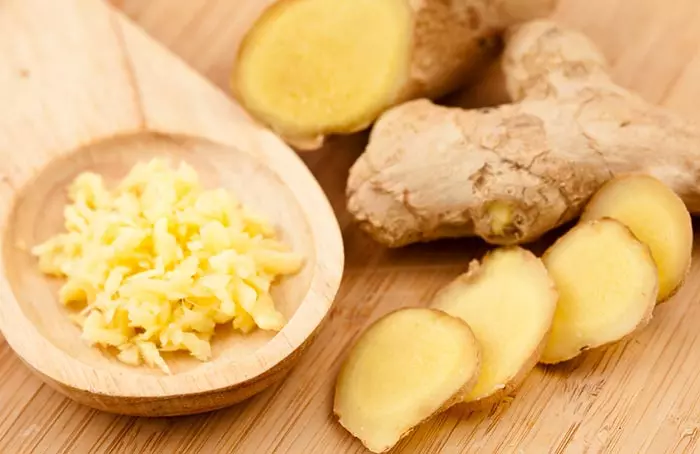
You Will Need
- A small piece of ginger
- Soft cloth or gauze and plaster
What You Have To Do
- Without peeling off the skin, wash the ginger thoroughly, crush it and apply on the swollen surface.
- Hold it in place with a soft cloth/gauze and plaster.
- For obtaining the most effective results, this should be left on overnight.
When You Need To Do This
Repeat this for a day or two.
How This Works
Ginger is another herb that works wonders on inflamed skin. It is believed to help reduce inflammation, swelling, and pain. Studies have shown that ginger extracts have strong pain-relieving and anti-inflammatory effects. Most people who apply this method use cold compress during the day to speed up the healing process (13).
11. Vanilla Extract
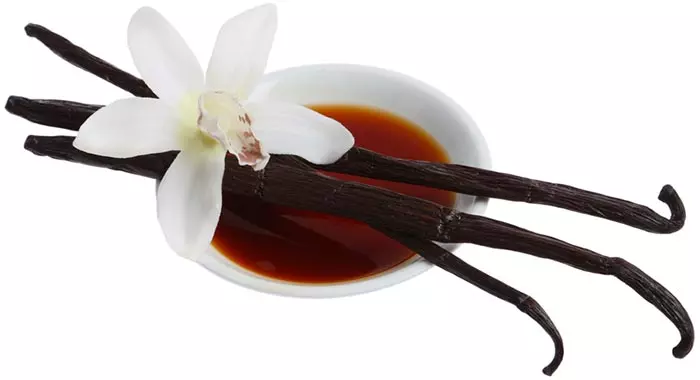
You Will Need
Concentrated vanilla extract
What You Have To Do
- Apply one or two drops of vanilla extract to the bruise.
- Massage gently for a minute and let it be.
When You Need To Do This
Repeat this two to three times a day.
How This Works
Applying vanilla extract on a bruised area might help to prevent it from turning blue-black. The antioxidants present help in promoting regeneration of cells and thus, in quicker healing of bruises. Vanilla extract also has anti-inflammatory properties (14).
Caution
Do not apply vanilla extract on burns.
12. Papaya
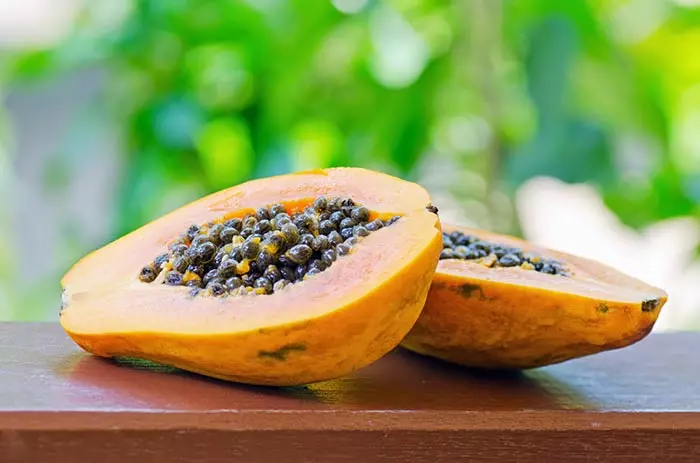
You Will Need
A slice of papaya
What You Have To Do
- Place the slice of papaya on the bruise surface. This is the most effective home remedy for bruises caused by insect bites or stings.
- Keep the slice over the bruise for an hour or so.
When You Need To Do This
Do this as soon as possible after the insect has stung.
How This Works
To treat such bites, you need to first take out the stinger (if it is lodged in the skin) and then apply the papaya slice. The papaya extract has been shown to effectively promote wound healing in rats. In a study, it significantly reduced wound size and increased collagen formation compared to other treatments (15). These findings suggest that papaya extract could be useful for treating bruises and speeding up the healing process.
13. Onion And Garlic
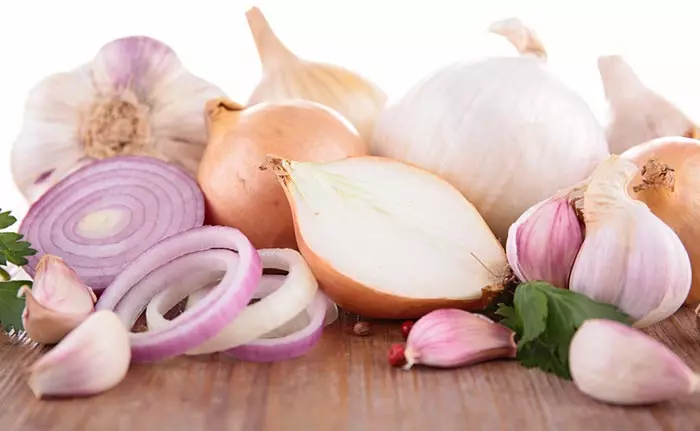
You Will Need
- A slice of onion
- A clove of garlic
What You Have To Do
- As soon as you bump into something, immediately rub a slice of onion on the bruised surface.
- You can crush a garlic clove and apply it to the affected area.
When You Need To Do This
Do this immediately after you bump into something. You can also reapply the crushed garlic two to three times a day.
How This Works
Rubbing a slice of onion on a bruised surface is often recommended to prevent blood from accumulating under the skin and also to reduce inflammation. Onion flavonoids can help reduce inflammation in bruises by suppressing proinflammatory factors and preventing the activation of immune cells that worsen swelling and pain (16). Garlic is also applied by many individuals for the same purpose and effect. Additionally, it promotes fresh cell growth (17).
14. Sugar
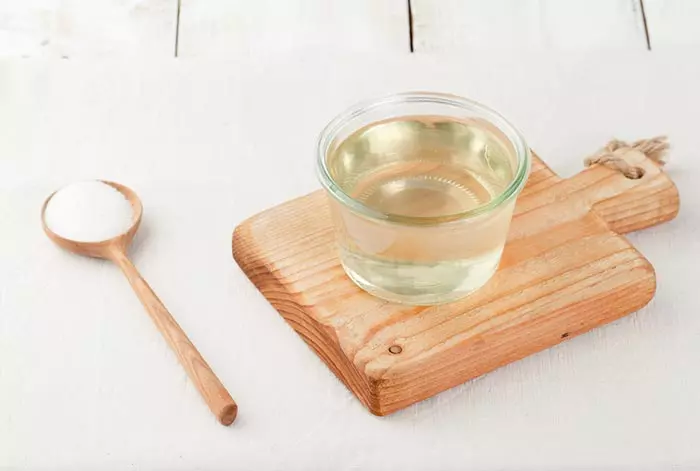
You Will Need
- Sugar syrup
- Bandage
- Ice pack
What You Have To Do
- Pour hot sugar syrup on the bruise and cover with the bandage.
- You can also apply cooled down sugar syrup and wrap the bruise in a bandage lightly. Let the sugar syrup solidify. Then, apply an ice pack on it.
- Honey can also be used instead of sugar syrup.
When You Need To Do This
Change the dressing every few hours.
How This Works
While most people concerned with healthcare are not huge fans of refined sugar, anecdotal evidence suggests a little bit of sugar, mixed with a few drops of water, works well on the site of an insect sting. Honey and sugar have antibacterial properties (18) (19).
15. Cabbage Leaves
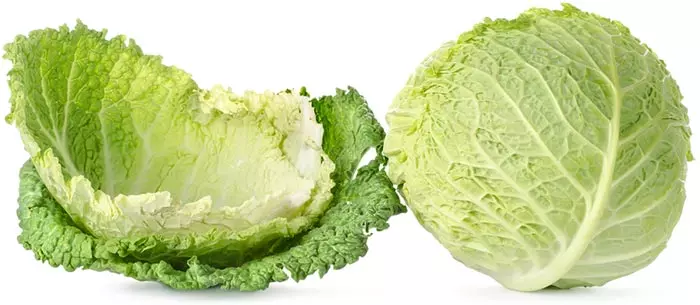
You Will Need
- Cabbage leaves
- Hot water
What You Have To Do
- Peel the outer leaf of the cabbage and dip it in really hot water carefully.
- Take the leaf out of the water and once it has cooled down a bit, place it over the bruise for 45 minutes to an hour.
- You can hold it in place with the help of a bandage.
If you are scared of the hot water burning your skin, you can simply remove the main stem from the leaf and gently roll a rolling pin or glass over it.
When You Need To Do This
Repeat this with a new cabbage leaf two to three times a day.
How This Works
It is said that cabbage leaves work well in getting rid of bruises on the face. Dipping in hot water releases the natural juices of the leaves. The pressure from the rolling pin also has the same effect. The anti-inflammatory properties of berteroin present in cabbage reduce inflammation by blocking certain proteins and pathways that cause swelling, making it a potential treatment for skin inflammation (20).
16. Fenugreek
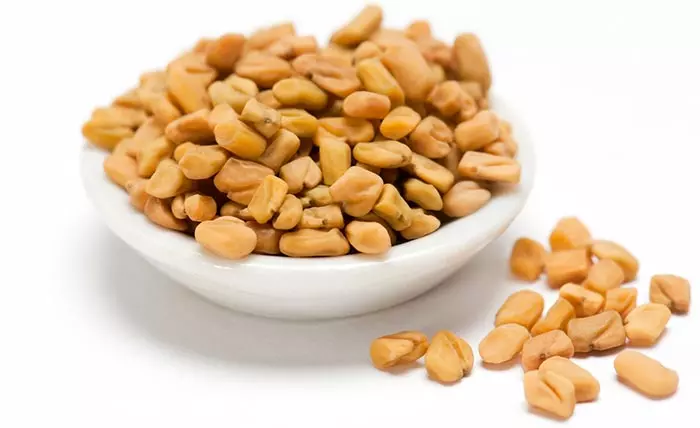
You Will Need
- Fenugreek seeds
- Water
- Cotton or sponge
What You Have To Do
- Crush a couple of fenugreek seeds coarsely and boil them in water for a few minutes.
- Strain the water and with the help of a cotton ball or sponge, apply this warm water to the bruise.
When You Need To Do This
Repeat this twice in a day.
How This Works
The seeds of this medicinal plant have been shown to have analgesic and anti-inflammatory properties. The concoction prepared from them reduces pain and swelling (21).
17. Garden Thyme
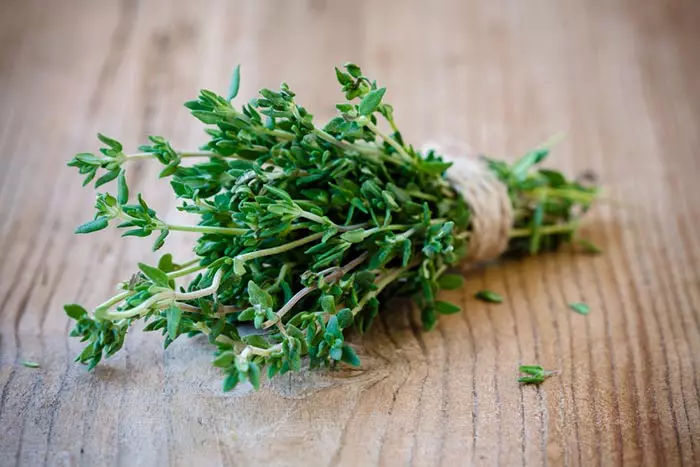
You Will Need
- 15-20 fresh thyme leaves
- Water
What You Have To Do
- Boil the thyme leaves in water for about 10 minutes. Strain the water and let it cool down.
- Add this water to your bath and soak in it for 20 to 30 minutes.
When You Need To Do This
Repeat the soaking two times a day.
How This Works
Thyme has anti-inflammatory properties (22). Therefore, it may help soothe skin and improve healing. As this home remedy is a bath soak, it is easier for the herb to reach the bruises in difficult-to-reach places.
18. St. John’s Wort Oil
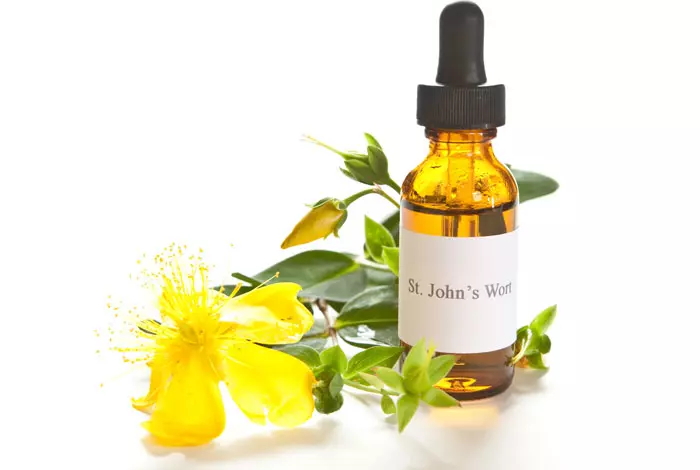
You Will Need
- St. John’s wort oil
- Bandage
What You Have To Do
- Apply a few drops of the oil to the bruised area and massage for a minute. Leave it on for a few minutes.
- You can also cover the area with a bandage.
When You Need To Do This
Repeat this a few times during the day.
How This Works
This is a tested and tried method to fade away bruises. The oil contains tannins and astringents that aid in the quick healing of the bruised tissue. It can also be applied on cuts and burns (23).
19. Vaseline And Cayenne Pepper
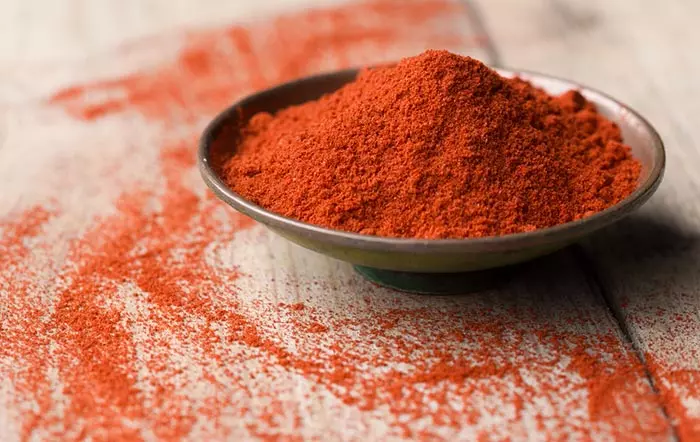
You Will Need
- One part cayenne pepper
- Five parts vaseline
What You Have To Do
- Melt the vaseline carefully. Once it has cooled down, mix in the cayenne pepper.
- Apply this mixture to the bruise and leave it on for 10-15 minutes.
When You Need To Do This
Do this once every alternate day.
How This Works
Cayenne pepper contains capsaicin. Capsaicin can help reduce inflammation and promote better blood flow to the affected area. Its anti-inflammatory properties can decrease swelling and speed up the healing process, allowing the bruise to heal more quickly and reducing the pain associated with it (24) (25).
Caution
If you have a cut in your bruise, do not apply cayenne pepper as it stings badly.
20. Olive Oil And Mullein Flowers

You Will Need
- A few mullein flowers
- One cup virgin olive oil
What You Have To Do
- Steep the flowers in the oil for a few minutes. Strain the oil once it has cooled down.
- Apply this oil to the affected area and massage for a minute. Leave it on.
When You Need To Do This
Repeat this every few hours.
How This Works
Mullein is a multipurpose medicinal plant that acts as an emollient and astringent and has antibacterial properties. It is extensively used to reduce inflammation due to wounds and bruises (26). It has anti-inflammatory properties that can help treat bruises. It is traditionally used to reduce swelling and inflammation in conditions like contusions. Applying it topically may promote healing and ease discomfort in bruised areas (27). Olive oil adds to the mullein flower’s emollient activity and also provides nourishment for the skin cells (28).
21. Aloe Vera
You Will Need
- Fresh aloe vera gel
- A soft cloth or gauze
What You Have To Do
- You may extract aloe vera gel from an aloe leaf or even use store-bought aloe vera gel.
- Apply the gel generously on the bruised area.
- Secure it in place with a soft cloth or gauze.
When You Need To Do This
Repeat this process 2-3 times a day for a few days until the bruise starts to heal.
How This Works
Aloe vera is renowned for its anti-inflammatory and skin-soothing properties (29). When applied to a bruise, it may help reduce inflammation, ease pain, and boost healing. The natural cooling effect of aloe vera may also provide relief from any discomfort associated with the bruise.
Preventive Measures For Bruises
Here are some simple tips you can follow to protect your skin and body from bruising:
- Wear proper footwear to keep your balance and prevent falls that may lead to injuries and bruising.
- Keep your surroundings free of clutter to reduce the risk of tripping or bumping into objects.
- Use soft, silicone brushes and loofahs while washing or exfoliating to avoid damaging your skin.
- If you engage in activities like sports where you might bump into things or fall, always wear protective gear.
To understand more about how these tips may help you, you need to learn a little more about bruises and their underlying causes, signs, and symptoms, how they are categorized, and a few FAQs to clear your common doubts.
What Causes Bruising?
The blood vessels present beneath the skin can burst or leak either because they have become weak or they are damaged. Some of the most common reasons that contribute to bruising are:
- Blows to the body
- Bumping onto hard surfaces like a chair, a post, etc.
- Cuts while dealing with sharp objects
- Bites (mostly animals or insects)
- Falling, stumbling, tripping
- Burns
- Injuries while engaging in sports
- Accidents on the road
- Side effects of medicines like blood thinners
- Viral infection or illness
- Allergic reactions
Another common cause of bruises is ‘thinning’ of the skin, which is a natural process that occurs when individuals age. Serious medical conditions like autoimmune disorders, leukemia, and septicemia can also result in bruising (30) (31) (32).
Symptoms And Signs Of Bruising
a. Discoloration Of Skin:
Initially, a bruise appears red in color. Slowly, this transforms into a black and/or blue color. Other colors that have been observed are green, purple, brownish and yellowish (33).
b. Swelling: As a result of the damage the skin tissue has undergone, swelling can be seen at the bruise site.
c. Pain: The high impact with which you bumped into something can lead to pain in the area. This can last for a few hours to a few days.
d. Tenderness: The damaged tissue becomes highly sensitive to touch and tenderness can be observed.
e. Severe Symptoms: These include persistent swelling and pain in the area of bruising or a bruise that doesn’t heal even after four weeks. Please consult a doctor under such circumstances.
Some medications like blood thinners, as well as medical conditions like diabetes, may render some natural remedies for bruises ineffective. Besides, as bruises tend to heal themselves on a healthy body after a fortnight naturally and the entire home remedies act as catalysts to the healing process, it is important to seek medical and professional help, if pain or discomfort persists after some time. In some cases, prolonged inflammation may indicate internal injury or bruise too easily may indicate some pre-existing medical condition.
Types Of Bruises
A bruise can develop on any part of your body. We can categorize them into the following major groups:
A. Bruise On Limbs: These include bruise on the leg, bruise on the thighs, bruise on an arm, bruised heels, bruise on the shin, bruised toes, and bruised finger.
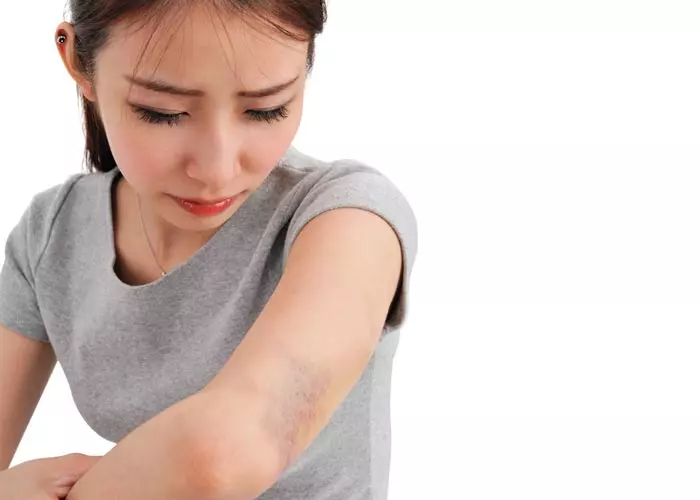
B. Bruise On Main Body: Commonly seen as hip bruise, bruises on the breast, bruises on stomach, and bruises on the back.
C. Bruises On Face: Bruising around the eyes, bruised nose, bruise on the head, and bruise like spots on the cheeks are some common ones.
D. Bruised Bone: Bruises can be internal and on the bones too. Knee bone bruise, ankle bone bruise, and bruised ribs are the most common complaints received by doctors.
E. Bruised Internal Organs: When the physical impact is strong, it can form a bruise not only on the skin surface but also internally on the body organs. Some examples are bruised lungs, bruised liver, and bruised abdomen. These types of bruises can be dangerous as there are chances of internal bleeding.
Each type of bruise has a severity rating depending on how serious it is. Learn more below!
Bruise Severity Rating
Bruises can be scored on a 0-5 scale to categorize their severity. Here is what you should know about these scores.
- Score 0 is used for light bruises that usually cause no damage.
- Score 1 corresponds to mild bruises that may cause little damage to the skin.
- Score 2 features bruises of moderate severity that may cause some damage.
- Score 3 is a serious bruise that may be dangerous.
- Score 4 refers to bruises with extreme severity that may be very dangerous.
- The final score of 5 is for critical bruises that may even be fatal.
Stages Of Bruising
A fresh bruise is swollen and appears red in color. After a day or two, the red color transforms into a blue/black color. This discoloration is one of the major signs of bruising. Every few days, a change in the bruise color can be seen, and this goes from blue/black to green to yellow, and finally, brown. After this, the bruise markings disappear.
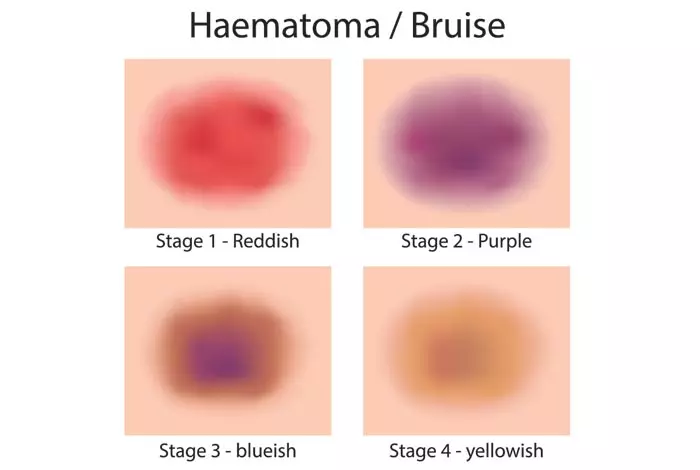
Additionally, bruises can be scored on a scale of zero to five by of how severe they are and how dangerous the injury is.
Harm Score Severity Level Notes 0 Light bruise No damage 1 Mild bruise Little damage 2 Moderate bruise Some damage 3 Serious bruise Dangerous 4 Extremely serious bruise Dangerous 5 Critical bruise Risk of death
How Long Does It Take For A Bruise To Go Away?
On an average, it takes about 10 to 14 days for the bruise mark to go away, and also for the skin to heal completely. However, this time period depends from person to person, and can be shorter or slightly longer.
What Would Happen If You Cut Open A Bruise?
A bruise is a closed wound. Depending upon how intense and deep the wound is, cutting open a bruise can cause bleeding. In case of deep bruises, you can try home remedies to stop bleeding to deal with the situation at hand. Additionally, this makes it more prone to acquiring infections either from the instrument you used to cut it with or from the environment. It is highly inadvisable to cut open a bruise.
Does Massaging Help In Quicker Healing Of A Bruise?
Massage therapy helps in relieving pain from the body. Gently massage for a few minutes using chamomile oil, aloe vera gel, calendula solution or ointments can be beneficial (34), (35), (36). Please do not apply extreme pressure, as the tissue under your skin is damaged and this might aggravate the pain. You can also take zinc and magnesium supplements to fasten the healing process (37), (38).
Each of the top 21 home remedies for bruises goes a long way in effectively treating inflammation and hematoma. Some of them even take care of minor cuts, stings, and bites. However, sometimes, the effects of an injury may go deeper than the surface inflammation and discoloration of the skin. When pain or swelling persist for too long, it is best to have a doctor take a look at the bruise.
Infographic: 5 Surprising Remedies To Get Rid Of Bruises
Bruises often go away on their own, but you can hasten the process with a few natural remedies, some of which can completely take you by surprise and leave you wondering why and how they work! Check out the infographic below for a brief glance at six such strange ingredients which can help heal your bruise quickly.
Some thing wrong with infographic shortcode. please verify shortcode syntax
Bruise refers to any trauma to the skin that results in discoloration of the surface due to rupture of the blood vessels underneath the skin. Swelling, tenderness, pain, and discoloration are the most common signs of bruising. Remedies for bruises can only be effective in the case of subcutaneous wounds that lie close to the surface. Ice packs, warm compresses, essential oils for bruises, such as lavender or tea tree, vitamin supplements, arnica oil, and toothpaste are a few of the readily available ingredients that can effectively treat bruises. Seek medical attention if swelling or pain around a bruise persists or stays beyond 4 weeks.
Frequently Asked Questions
Can a bruise leave a permanent mark?
Usually, a bruise does not leave a permanent mark. However, repeated bruising in the same area may leave permanent staining on the skin.
Do banana peels get rid of bruises?
The antioxidant properties and potassium present in banana peels may help get rid of bruises. However, there is not enough research to support this claim.
Does rubbing a bruise help?
No. Indiscriminately rubbing a bruise can worsen it by rupturing more blood vessels in the process. Instead, apply gentle pressure on the wound until you get first aid.
How long should a bruise stay dark purple?
A deep bruise takes one or two days to turn a dark purple but within 5-10 days, it should be turning green or yellowish. Within 10-15 days, it should lighten to a light brown.
How much pineapple should I eat to reduce bruising?
You can eat 2 to 3 servings of pineapple a day to reduce bruising. Pineapple contains a group of enzymes called bromelain (39) that can potentially reduce bruising and associated swelling and pain (40).
What do the colors of bruising mean?
The color of the bruising indicates how much time has passed since the injury. Immediately after the injury, the bruise is red when oxygen-rich blood has gathered under the skin in the injured area. With time, the blood starts losing oxygen which leads to its discoloration. It turns dark red, maroon, or develops a greenish ring, indicating that the healing process has begun. A day or two later the bruise is bluish or dark purple as all the oxygen is gone and the red blood cells start breaking down. When the bruise is in its final stages, it starts fading away to brown and yellow shades.
How can one prevent bruises from recurring?
Bruises are the immune responses of the body against injuries, so if you get injured, it will bruise. However, some people get bruised easily, without any serious injuries. This may be due to underlying blood conditions, medicinal side effects, photodamage, or excessive strain to the body. Consult a medical professional and include bioflavonoids, vitamin C, hesperidin, and rutin in your diet.
How to heal a bruise with toothpaste?
Put on some toothpaste on the affected area and cover it with a Band-Aid overnight to expedite the healing process.
Personal Experience: Source
StyleCraze's articles are interwoven with authentic personal narratives that provide depth and resonance to our content. Below are the sources of the personal accounts referenced in this article.
i. Bruises – 101 Survival Guidehttps://bjjminion.wordpress.com/2015/09/05/bruises-101-survival-guide/
Looking for simple ways to get rid of your bruises? Check out this video to know how to treat those unsightly bruises quickly, safely, and effectively.
References
Articles on StyleCraze are backed by verified information from peer-reviewed and academic research papers, reputed organizations, research institutions, and medical associations to ensure accuracy and relevance. Read our editorial policy to learn more.
- Bruising—An Ignored Issue?
https://pmc.ncbi.nlm.nih.gov/articles/PMC9264434/ - Comparing the antiswelling and analgesic effects of three different ice pack therapy durations: a randomized controlled trial on cases with soft tissue injuries
https://pubmed.ncbi.nlm.nih.gov/23958608/ - Effect of cold and heat therapies on pain relief in patients with delayed onset muscle soreness: A network meta-analysis
https://pmc.ncbi.nlm.nih.gov/articles/PMC8862647/ - The Effects of Lavender Essential Oil and its Clinical Implications in Dentistry: A Review
https://pmc.ncbi.nlm.nih.gov/articles/PMC9357533/ - A review of applications of tea tree oil in dermatology
https://pubmed.ncbi.nlm.nih.gov/22998411/ - Home Remedies in Dermatology
https://pmc.ncbi.nlm.nih.gov/articles/PMC10718121/ - Vitamin C: a wound healing perspective
https://pubmed.ncbi.nlm.nih.gov/24796079/ - Vitamin K
https://ods.od.nih.gov/factsheets/VitaminK-HealthProfessional/ - Vitamin D vitamin D receptor and tissue barriers
https://pmc.ncbi.nlm.nih.gov/articles/PMC3865708/ - Accelerated resolution of laser-induced bruising with topical 20% arnica: a rater-blinded randomized controlled trial
https://pubmed.ncbi.nlm.nih.gov/20412090/ - Novel Hamamelis virginiana serum reduces post-filler bruising incidence and duration
https://www.jaad.org/article/S0190-9622(07)01878-6/abstract - Parsley: a review of ethnopharmacology, phytochemistry and biological activities
https://pubmed.ncbi.nlm.nih.gov/24660617/ - The Amazing and Mighty Ginger
https://www.ncbi.nlm.nih.gov/books/NBK92775/ - Inflammation-responsive antioxidant nanoparticles based on a polymeric prodrug of vanillin
https://pubmed.ncbi.nlm.nih.gov/23590189/ - Wound-healing potential of an ethanol extract of Carica papaya (Caricaceae) seeds
https://pubmed.ncbi.nlm.nih.gov/22296524/ - Effects of Allium cepa and Its Constituents on Respiratory and Allergic Disorders: A Comprehensive Review of Experimental and Clinical Evidence
https://pmc.ncbi.nlm.nih.gov/articles/PMC8452398/ - Garlic in dermatology
https://pmc.ncbi.nlm.nih.gov/articles/PMC4211483/ - Effects of honey and sugar dressings on wound healing
https://pubmed.ncbi.nlm.nih.gov/17708384/ - Honey in wound care: antibacterial properties
https://pmc.ncbi.nlm.nih.gov/articles/PMC2831240/ - Berteroin present in cruciferous vegetables exerts potent anti-inflammatory properties in murine macrophages and mouse skin
https://pubmed.ncbi.nlm.nih.gov/25393510/ - Analgesic and anti-inflammatory activities of Trigonella foenum-graecum (seed) extract
https://pubmed.ncbi.nlm.nih.gov/19051589/ - A Focused Insight into Thyme: Biological, Chemical, and Therapeutic Properties of an Indigenous Mediterranean Herb
https://pmc.ncbi.nlm.nih.gov/articles/PMC9147557/ - Medical Attributes of St. John’s Wort (Hypericum perforatum)
https://www.ncbi.nlm.nih.gov/books/NBK92750/ - Improvement of wound healing by capsaicin through suppression of the inflammatory response and amelioration of the repair process
https://pmc.ncbi.nlm.nih.gov/articles/PMC10350740/ - Unravelling the Mystery of Capsaicin: A Tool to Understand and Treat Pain
https://pmc.ncbi.nlm.nih.gov/articles/PMC3462993/ - Biological activity of common mullein, a medicinal plant
https://pubmed.ncbi.nlm.nih.gov/12241986/ - Searching for Scientific Explanations for the Uses of Spanish Folk Medicine: A Review on the Case of Mullein (Verbascum, Scrophulariaceae)
https://pmc.ncbi.nlm.nih.gov/articles/PMC8301161/ - Virgin olive oil as a fundamental nutritional component and skin protector
https://pubmed.ncbi.nlm.nih.gov/19167997/ - The Effect of Aloe Vera Clinical Trials on Prevention and Healing of Skin Wound: A Systematic Review
https://pmc.ncbi.nlm.nih.gov/articles/PMC6330525/ - Autoimmune Diseases Affecting Hemostasis: A Narrative Review
https://pmc.ncbi.nlm.nih.gov/articles/PMC9738541/ - Acute Myeloid Leukemia
https://www.ncbi.nlm.nih.gov/books/NBK507875/ - Unusual skin lesions mimicking bruises caused by Pseudomonas septicemia secondary to undiagnosed peripheral T-cell lymphoma in a young woman
https://pubmed.ncbi.nlm.nih.gov/21030848/ - Histological Characteristics of Bruises with Different Age
https://pmc.ncbi.nlm.nih.gov/articles/PMC5771278/ - Chamomile: A herbal medicine of the past with bright future
https://pmc.ncbi.nlm.nih.gov/articles/PMC2995283/ - The Effect of Aloe Vera Clinical Trials on Prevention and Healing of Skin Wound: A Systematic Review
https://pmc.ncbi.nlm.nih.gov/articles/PMC6330525/ - Wound Healing and Anti-Inflammatory Effect in Animal Models of Calendula officinalis L. Growing in Brazil
https://pmc.ncbi.nlm.nih.gov/articles/PMC3270572/ - Zinc in Wound Healing Modulation
https://pmc.ncbi.nlm.nih.gov/articles/PMC5793244/ - Magnesium Supplementation and the Effects on Wound Healing and Metabolic Status in Patients with Diabetic Foot Ulcer: a Randomized, Double-Blind, Placebo-Controlled Trial
https://pubmed.ncbi.nlm.nih.gov/28540570/ - Bromelain
https://www.nccih.nih.gov/health/bromelain - Potential role of bromelain in clinical and therapeutic applications
https://pmc.ncbi.nlm.nih.gov/articles/PMC4998156/
Read full bio of Dr. Abby Kramer
- Dr. Sanul Corrielus, MD, MBA, FACC, is a board-certified cardiologist with over two decades of experience in non-invasive cardiology. He is the founder of Corrielus Cardiology and the Community Cardiovascular Initiative and has held faculty appointments at Geisinger Medical Center and Temple University Hospital School of Medicine.
 Dr. Sanul Corrielus, MD, MBA, FACC, is a board-certified cardiologist with over two decades of experience in non-invasive cardiology. He is the founder of Corrielus Cardiology and the Community Cardiovascular Initiative and has held faculty appointments at Geisinger Medical Center and Temple University Hospital School of Medicine.
Dr. Sanul Corrielus, MD, MBA, FACC, is a board-certified cardiologist with over two decades of experience in non-invasive cardiology. He is the founder of Corrielus Cardiology and the Community Cardiovascular Initiative and has held faculty appointments at Geisinger Medical Center and Temple University Hospital School of Medicine.
Read full bio of Kushneet Kukreja
Read full bio of Ramona Sinha
Read full bio of Swathi E



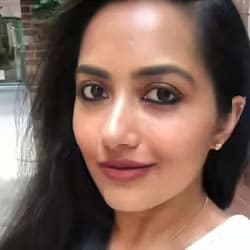



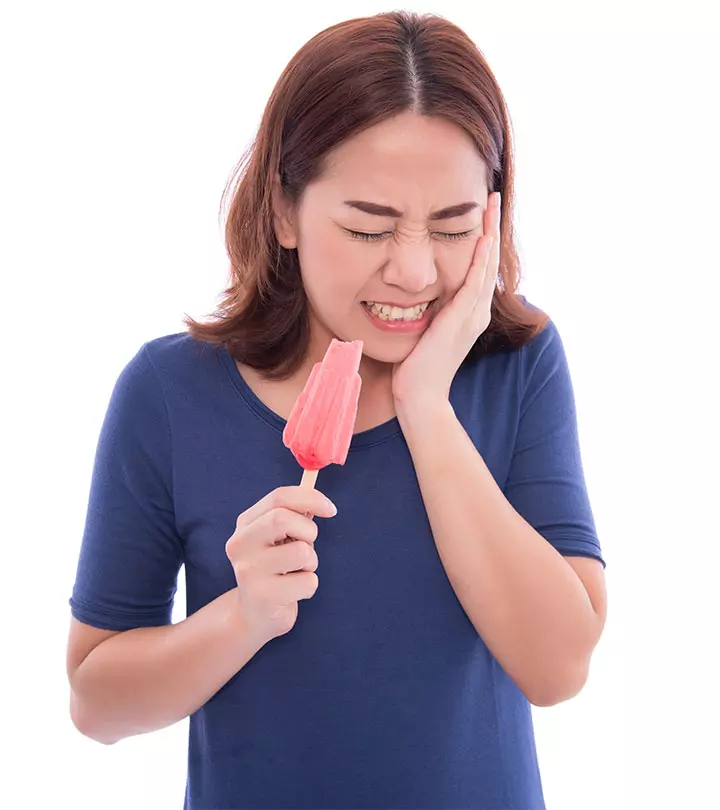
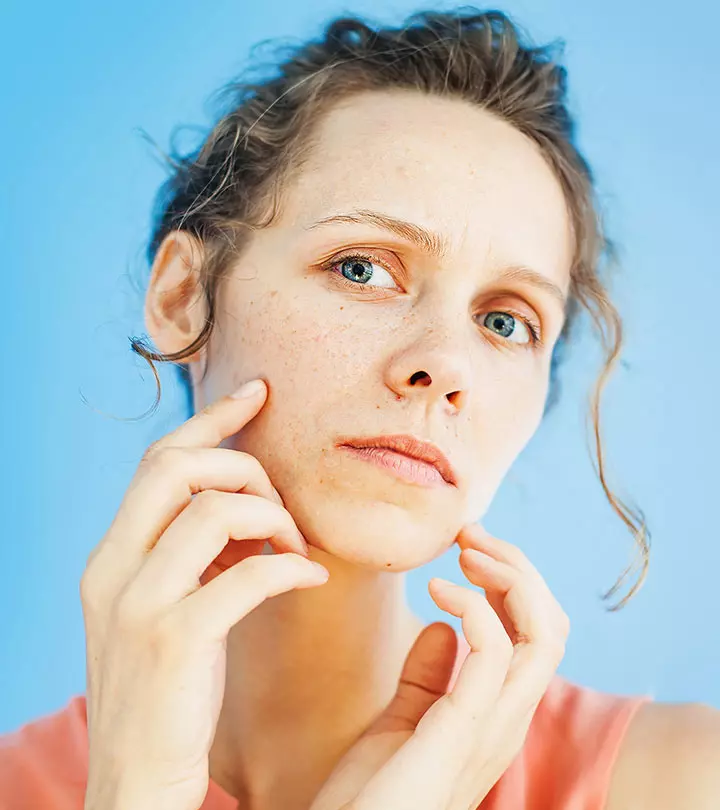





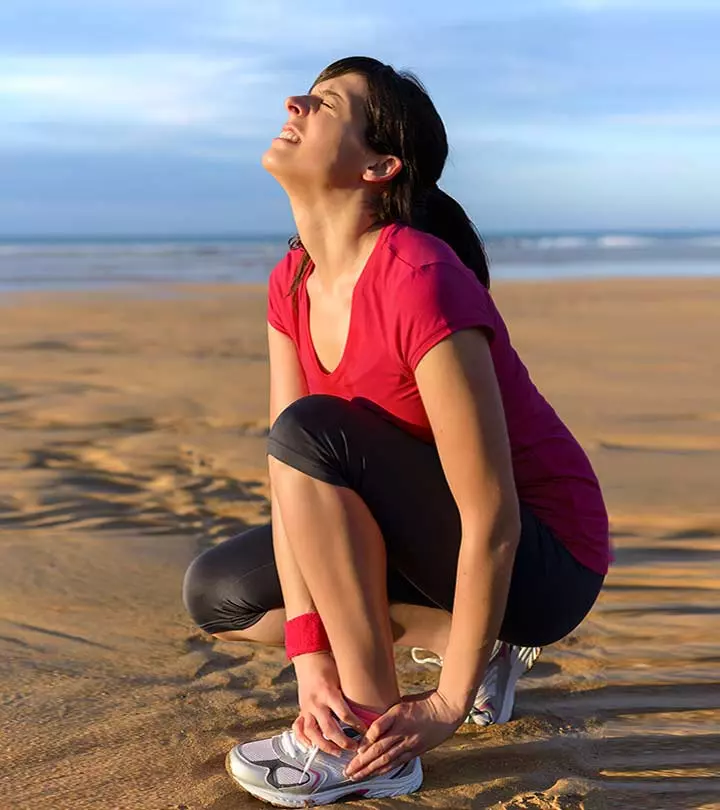
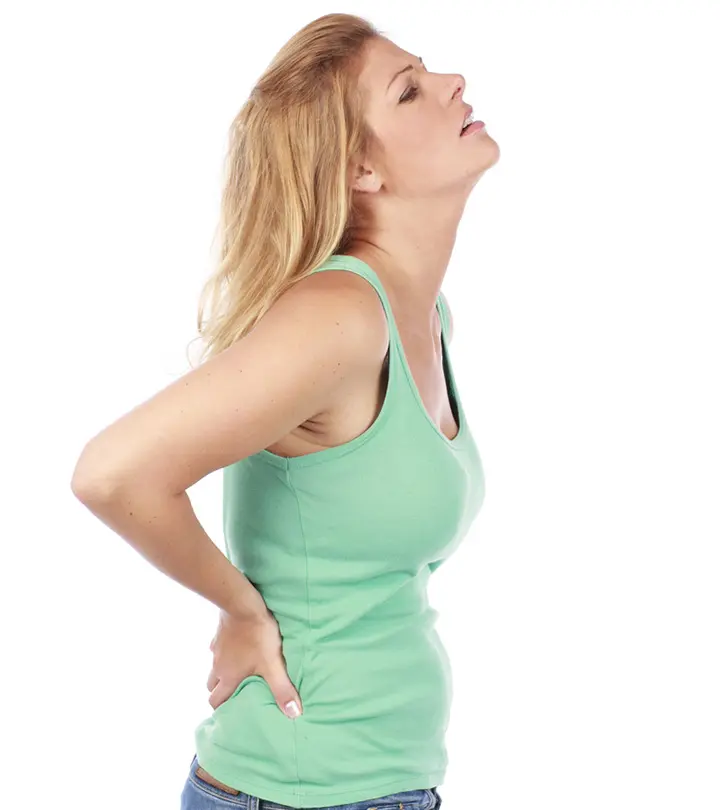

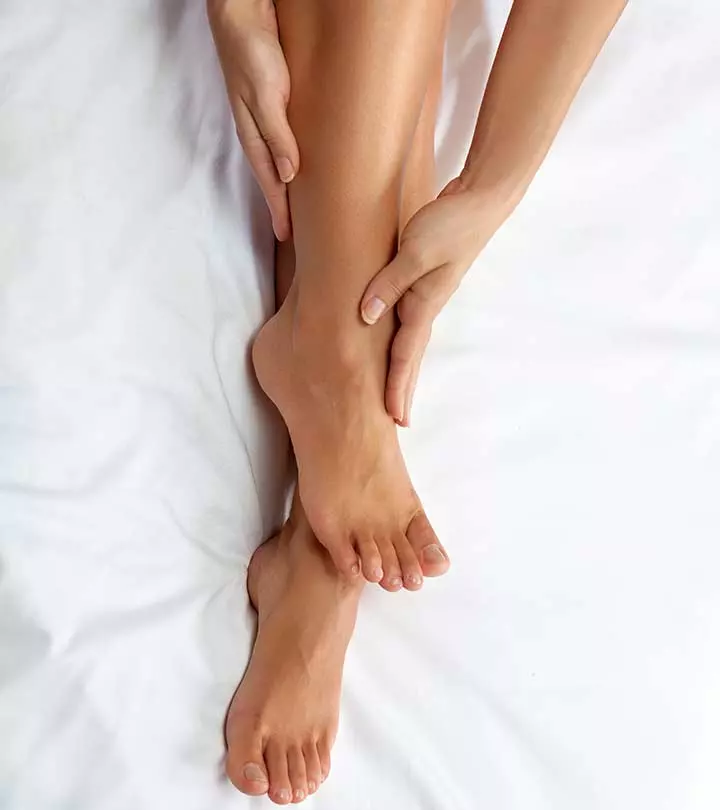
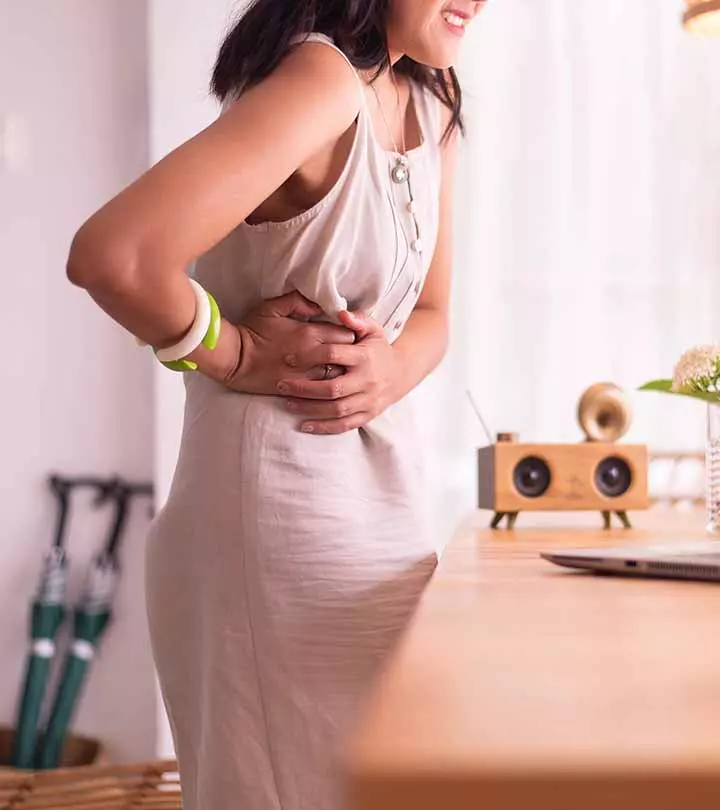
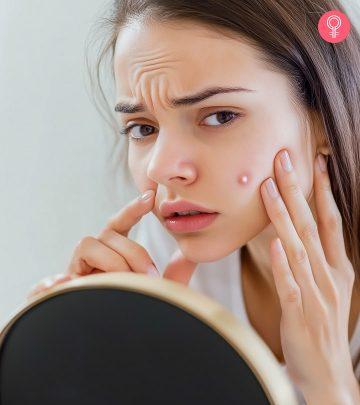


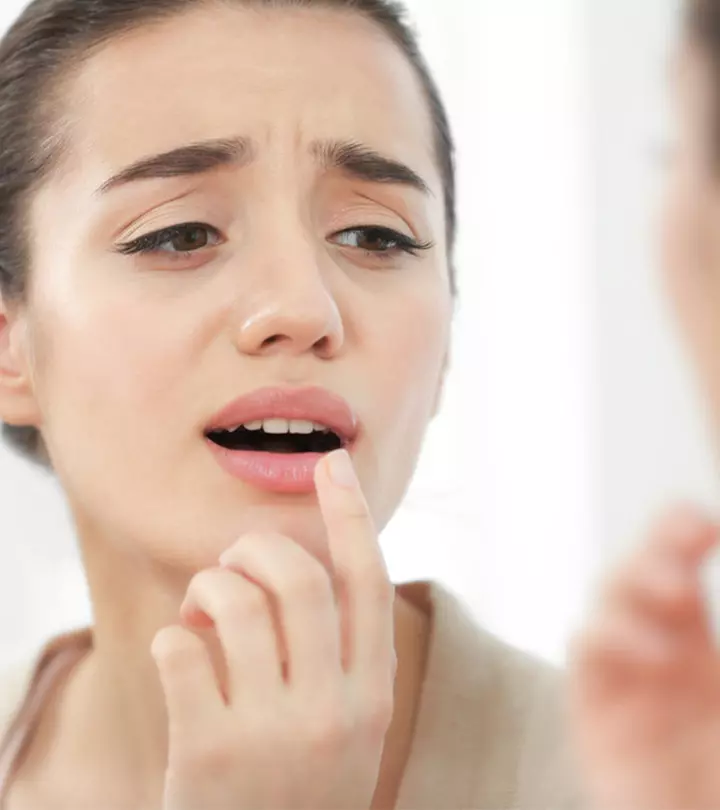




Community Experiences
Join the conversation and become a part of our empowering community! Share your stories, experiences, and insights to connect with other beauty, lifestyle, and health enthusiasts.